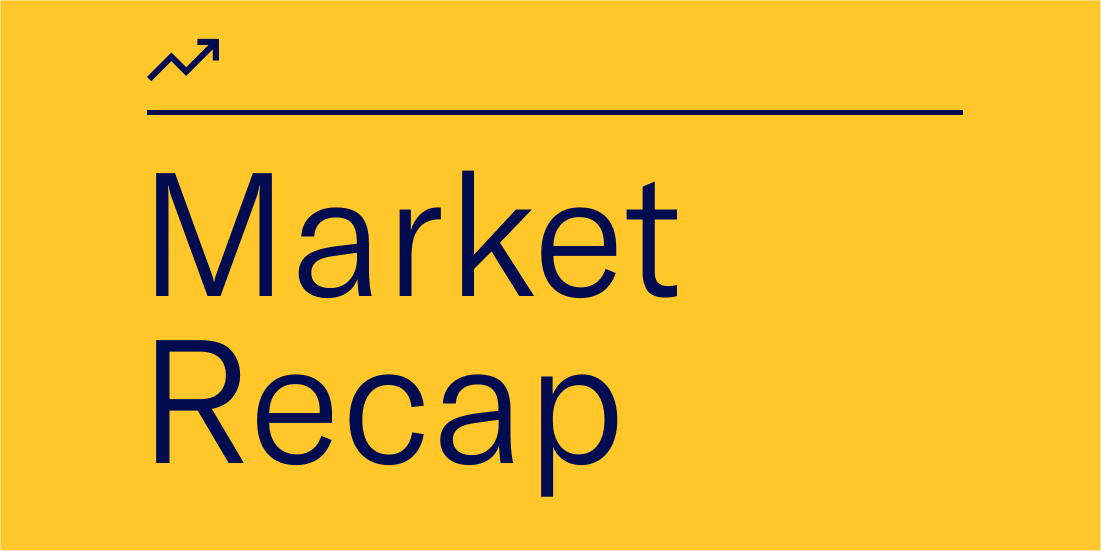April 2025 market update: Tariff and investment insights
Rising tariffs, market swings, and policy shifts fuel economic uncertainty—discover how diversification can help investors stay grounded.

Former European Central Bank President Mario Draghi once described the challenge of decision making amidst ambiguity as: “You just do what you think is right and you temper…. In other words, in a dark room, you move with tiny steps.” For business leaders and investors, the economic landscape has appeared murky of late, and for good reason…
The threat of tariffs has become a reality, not just a negotiating tactic, causing uncertainty to pervade expectations for the economy and markets. President Trump just rolled out his most expansive round of global tariffs yet, at levels worse than anticipated ahead of the April 2 announcement.
Although USMCA-compliant goods—like dairy and sugar imports from Canada and Mexico—will continue to enjoy a 0% tariff under the trade agreement, non-compliant goods will be subject to higher tariffs. Other countries, including major U.S. trade partners such as China, Taiwan, Vietnam, India, and South Korea, will face significant tariff rates on exports to the U.S., all apparently over 20%.
China has notably retaliated against the imposition of tariffs, levying their own 34% tariff on all imports from the US, matching the level of the White House’s reciprocal tariffs on Chinese products. Federal Reserve Chair Jerome Powell has warned that the impact of new tariffs is likely to be significantly larger than expected and could cause higher inflation as well as weaker growth.
Read: Making sense of market volatility
The state of economic uncertainty
But uncertainty isn’t just showing up in market action—it’s in all kinds of data sets. To track uncertainty, researchers create indices that analyze both news reports and economic forecasts, using data to measure the extent of uncertainty. Two key measures—Headline Policy Uncertainty and Trade Policy Uncertainty (shown above)—reveal that economic uncertainty has climbed to its highest levels since the pandemic. Trade policy, specifically, has jumped to levels never before seen in as long as there has been available data, going back to 1960.
As the economy shows signs of slowing (growth in Q4 of 2024 was +2.3% compared to +3.1% in Q3, and +3.0% in Q2), the ripple effects of uncertainty are showing up in key indicators of consumer and manufacturer sentiment. In the first quarter of 2025, the University of Michigan’s Consumer Sentiment Index for employment conditions nosedived to levels last observed during the global financial crisis of 2008.
U.S. equity markets have clearly taken notice. The S&P 500 has sold off sharply, and even other risk assets such as crypto have plummeted. And, all of the Magnificent 7—the cohort of megatech stocks, including Amazon, Apple, Meta, and Google—have slid over 20% from the latest 52-week high.
So, what does this mean for the market
While markets have taken a shellacking so far this year, international stocks have served as some consolation. Year-to-date, international developed market stocks have outperformed their U.S. peers by over 10 percentage points. After U.S. stocks outpaced global markets in 2024, the tariff turbulence, as well as more attractive valuations and new stimulus measures from China and Germany, have flipped the script in early 2025.
What does this mean for investors
Diversify, diversify, diversify. While this kind of noise around trade policy isn’t normal, the market experiencing bouts of volatility is normal and something investors are required to manage over time. Although other asset classes, like international stocks and bonds, have not matched the performance of U.S. stocks in recent years, these assets can help dampen volatility in a period of heightened uncertainty.
Diversification can help investors avoid being tied to any individual stock, asset type, or even a country’s performance. For example, the Betterment Core portfolio is globally diversified and has delivered 9.0% annual returns (after fees) since inception.1
Although the future might seem more unknowable right now, one thing we do know is that trying to time the market as policies change is a fool’s errand. Our investing team is here to keep you up-to-date on macro-trends and market insights.
